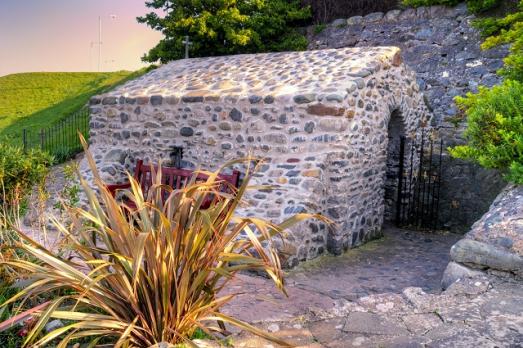
St Trillo
Rhos on Sea, Clwyd | LL28 4HS
This tiny, plain stone roofed building is about 11 feet by 8 feet, with walls two feet thick and, under the altar, St Trillo's holy well.
Search for a fascinating place to visit, or see the variety of churches, chapels and meeting houses we have supported.

Rhos on Sea, Clwyd | LL28 4HS
This tiny, plain stone roofed building is about 11 feet by 8 feet, with walls two feet thick and, under the altar, St Trillo's holy well.
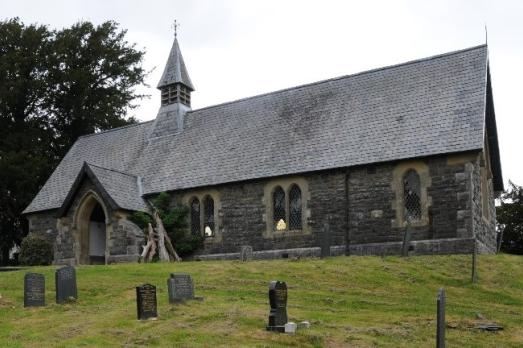
Gwytherin, Clwyd | LL22 8UU
Burial place of saints, an ancient and sacred pre Christian site, the 2,000 year old yew trees at St Winifred's are some of the best in north Wales .
Guilsfield, Powys | SY21 9NL
St Aelhaiarn (also spelled Aelhaearn) was a 6th century saint, and as with many of the early Welsh saints, he was a member of the aristocracy, the son of one of the Welsh princes.
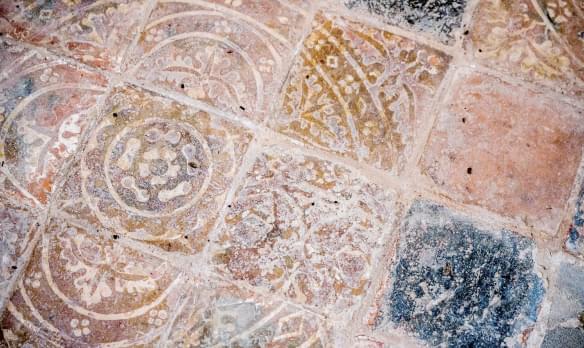
South Otterington, Yorkshire | DL7 8BB
Visit our historic (1846) church incorporating a 13th century font and Rutson family connections, set in a loved churchyard with its own war memorial and Commonwealth War Grave.

Bishop Wilton, Yorkshire | YO42 1SA
Known as 'The Queen of the Wolds', St Edith's is a Norman church, remodelled by JL Pearson for Sir Tatton Sykes in the mid 19th century.

Burton, Lincolnshire | LN1 2RD
Set into a hillside, St Vincent's offers visitors stunning views across the Trent valley and features stained glass of local interest.
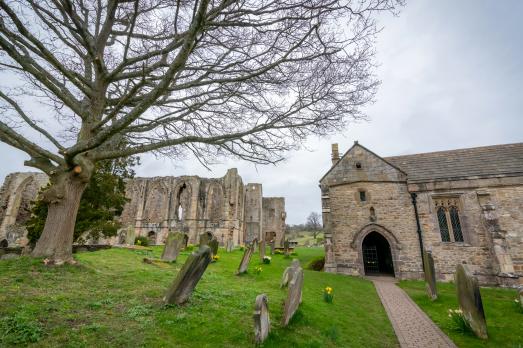
Easby, Yorkshire | DL10 7EU
St Agatha's is a beautiful church dating from the 6th century.

Tuck Hill, Shropshire | WV15 6EW
The church situated in an elevated position with superb views of Shropshire and is surrounded by mature beech and Spanish chestnut trees, on early spring days the churchyard is carpeted with snowdrops and then daffodils.
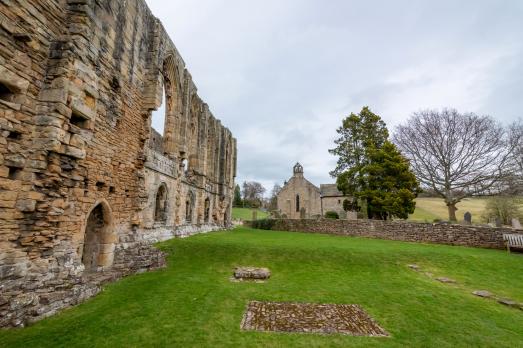
Easby, Yorkshire | DL10 7EU
The impressive ruins of Easby Abbey lie in picturesque surroundings by the River Swale in North Yorkshire.

Winson Green, West Midlands | B18 5BU
Lodge Road Community Church is part of The United Reformed Church, we seek to inspire heaven on earth in our neighbourhood.

Nunburnholme, Yorkshire | YO42 1QU
With its ancient stone cross carved by Anglo-Saxon and Viking sculptors, its Norman arch and medieval font and stained glass windows, the church spans a millennium; cross the threshold and feel yourself stepping back in time.
We have supported this church
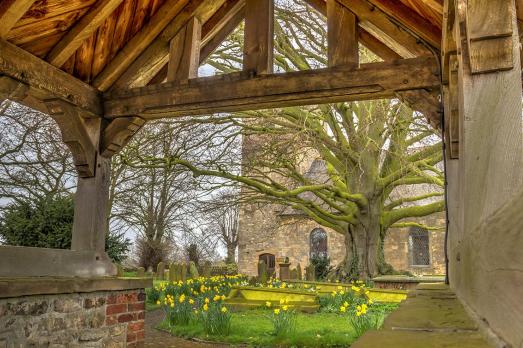
Bishop Norton, Lincolnshire | LN8 2BE
St Peter's sits in the heart of the village, it is a delightful church containing some fine treasures.